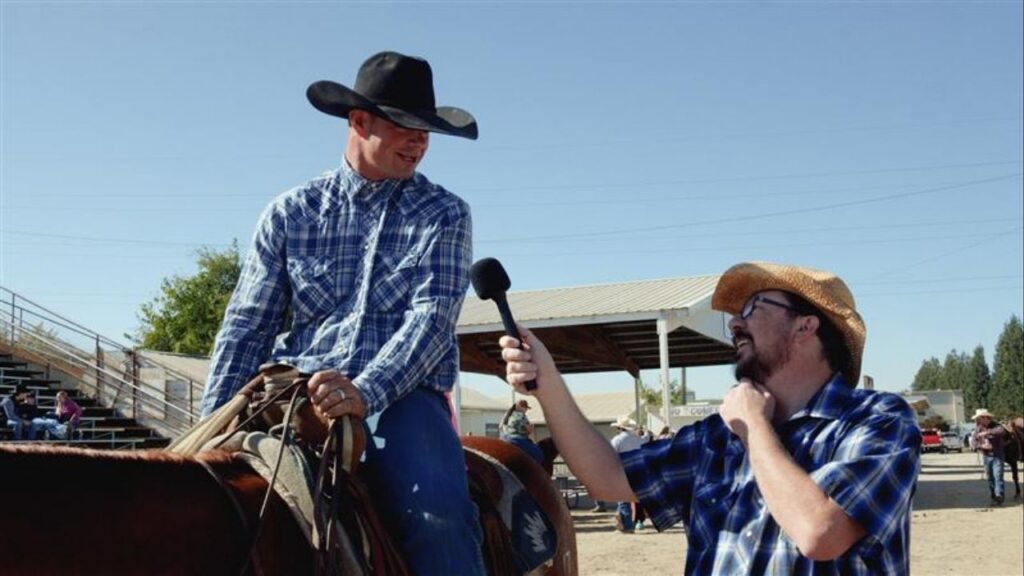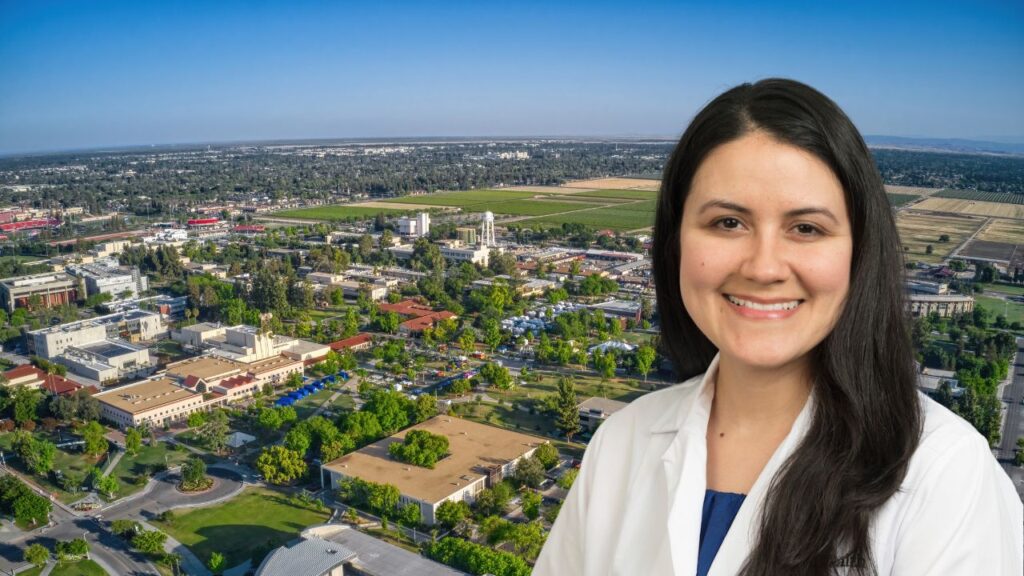Share
|
Getting your Trinity Audio player ready...
|
Marine mammal rescue organizations have been swamped with reports of sick and dead sea lions and dolphins along the Southern California coast this month, and experts believe a bloom of harmful algae is to blame.
Hundreds of sea lions are believed to have died in the first weeks of June, according to a statement by the National Oceanic and Atmospheric Administration’s National Marine Fisheries Service, known as NOAA Fisheries.
The number of dead dolphins has reached about 100, according to Michelle Berman Kowalewski, founder and director of the Channel Islands Cetacean Research Unit, a Santa Barbara-based biosurveillance organization.
Tissue samples have been collected for tests to confirm the animals are victims of domoic acid, a neurotoxin produced by the algae Pseudo-nitzschia, according to NOAA Fisheries. The toxin enters the food chain and sickens marine mammals as they eat prey.
Domoic acid is also a risk to people who eat crustaceans, fish and shellfish that have accumulated elevated levels, according to the California Department of Public Health. It can be fatal if consumed in high doses.
Severe Outbreak
The algae occurs naturally, and episodes of domoic acid poisoning are not uncommon along the California coast, but the current outbreak is unusually severe.
Berman Kowalewski said the dead dolphin count is “definitely the most number of animals we’ve seen with a domoic acid event” in her 25 years of work.
Beached sea lions can appear disoriented and agitated, with symptoms such as head bobbing, foaming at the mouth, seizures and loss of motor skills. Beachgoers are being warned to stay away from stricken animals and to instead call rescue organizations.
The Channel Islands Marine & Wildlife Institute received more than 1,000 reports from June 8 through June 14, co-founder and managing director Ruth Dover told NOAA Fisheries.
NOAA Fisheries said ocean monitoring organizations found high concentrations of domoic acid from Orange County north to San Luis Obispo County, but especially in the Santa Barbara Channel off Santa Barbara and Ventura counties.
Significant contributors to algae growth include nutrients flushed into the ocean by rain and winds that create an eddy effect in the channel and cause upwelling, Berman Kowalewski said.
”Anytime you’re bringing nutrients up from the deep, you’re going to have algae that feed on them, and that’s what we’re seeing now,“ she said.
Fish such as anchovies feed on the algae, and marine mammals feed on the anchovies.
“And it’s my understanding that we have a lot of anchovies out there right now,” Berman Kowalewski said. “I think we just have this perfect storm condition going on right now.”
RELATED TOPICS:
Categories

As Pacheco Runs for Assembly, Who Will Run for Supervisor?

















